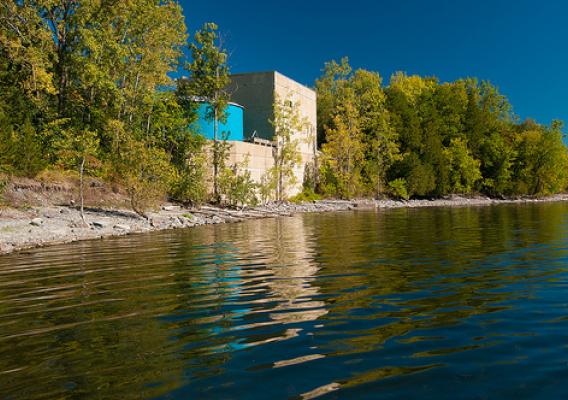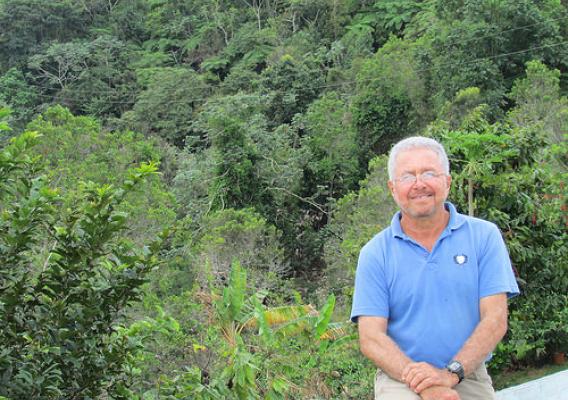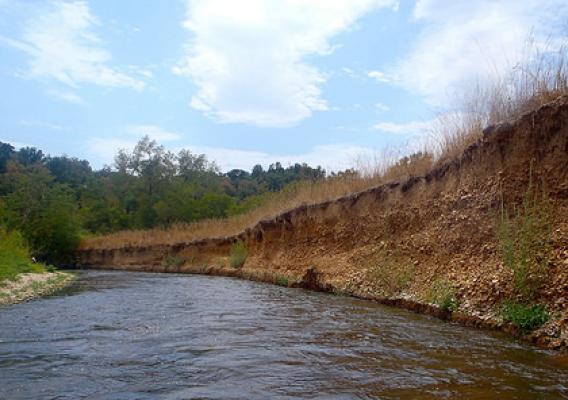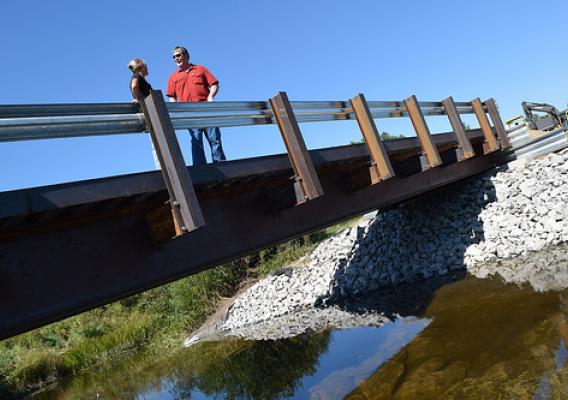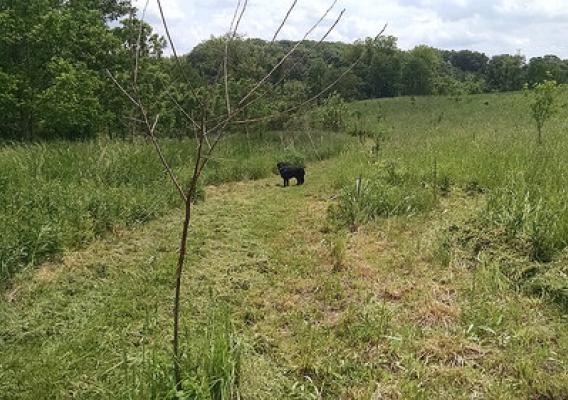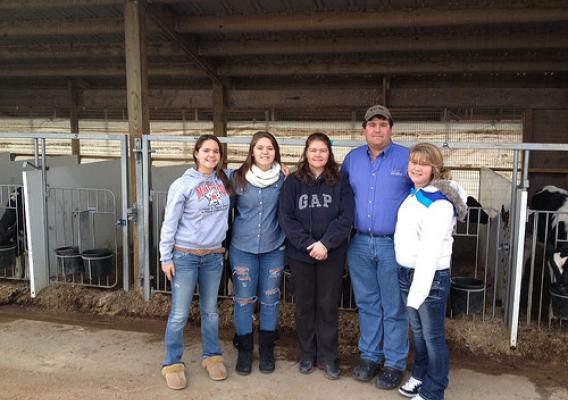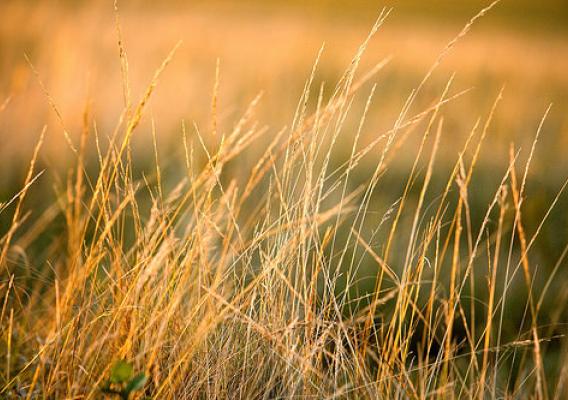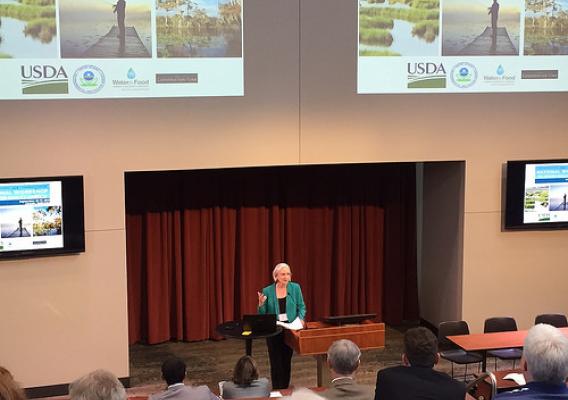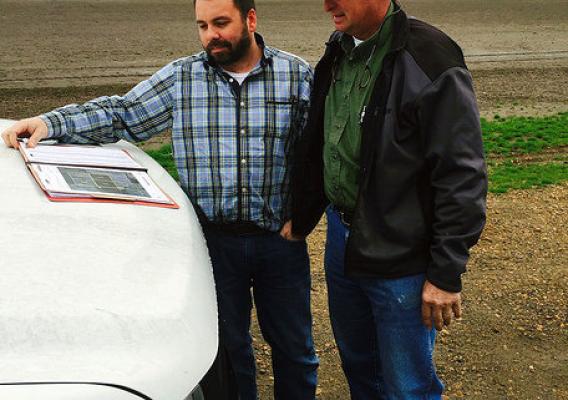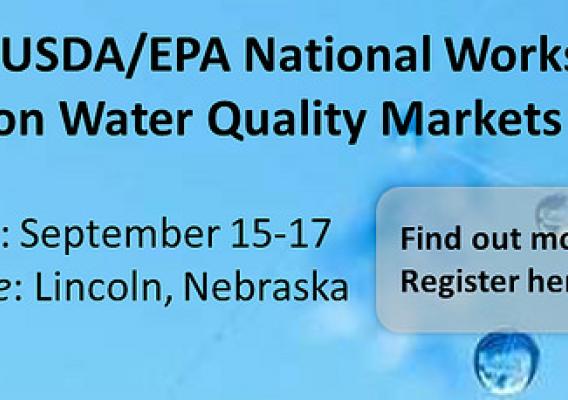This week, I have the privilege of participating in the first ever EPA-USDA National Workshop on Water Quality Markets at the Robert B. Daugherty Water for Food Institute in Lincoln, Nebraska. More than 200 attendees from agriculture, utilities, industry, state agencies, and research institutions gathered at the University of Nebraska’s aptly named “Innovation Center” to think critically about how we can improve and expand water quality markets across the country.
As Secretary Vilsack noted in his introductory video remarks, water quality markets can be effective tools in helping communities improve the quality of their water at lower cost. Markets create financial incentives for private landowners to manage their lands more sustainably to produce cleaner water while generating environmental benefits at lower cost. They promote public awareness of the role sustainable private land management can play in protecting public health and natural ecosystems. They inject private dollars and innovation into efforts to improve water quality – leveraging finite federal funding.

